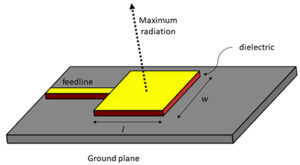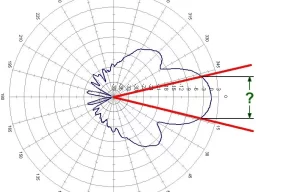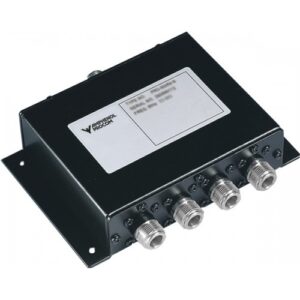Table of Contents
Definition
For such a question, it is important to note what a coupling ratio in terms of a directional coupler is. The coupling ratio in this case represents the amount of the input signal power that is directed to the coupled output port. That is to say, when it comes to engineers that design a specific circuit that needs to split the signal power in some way, they refer to coupling ratio to understand the power each branch of the circuit will deliver. Such aspect is actually vital as only with a proper coupling ratio the device may follow the necessary conditions and, in such way, the signal power can be distributed adequately, which ensures the device’s proper functioning in terms of an electric or electromagnet signal passage.
In order to describe a practical application, one should consider a telecommunications system that needs to convey the signal through multiple ways. For example, in a given system that will need to split a 100-watt signal, a proper coupling ratio of 10 dB will pass 10 watts of power to the coupled port. Thus, such specific coupling ratio in this specific system will ensure proper and effective signal power distribution, what will make the system’s designers satisfied as both the performance of the system and the final cost of the system can be managed in an effective way using appropriate wiring with means of a power splitter.
It is important to note that in a variety of wireless communication systems, antennas require specific signal power owing to the fact that if an antenna obtains too much signal power, it can overload the system, which will lead to improper system performance and ultimy, higher cost of system operation. That is to say, engineers need to use a directional coupler with a perfect coupling ratio in such situations that will ensure a perfect distribution of signal power and, in such way, a formula of a proper distribution in the latter systems will be an absolutely essential and helpful device.
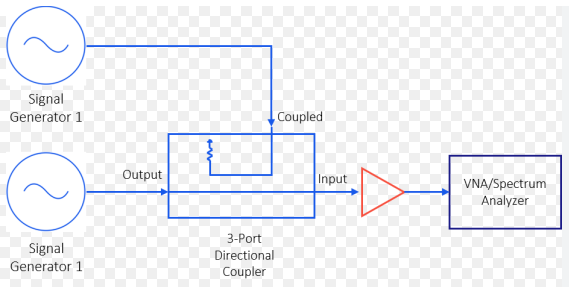
Expression in Decibels (dB)
In directional couplers, the coupling ratio is expressed in decibels , which is a reasonable logarithmic way of presenting the power ratio between the input signal and the output that is coupled. This approach allows one to understand how much of the signal’s power is directed to the other port of the coupler in a simple and logical way. Directional couplers can be used in home theater systems to desynchronize signals and direct them to multiple channels .
The coupling dB scale provides a simple logarithmic measure that highlights power distribution differences. Thus, in the case of a home theater system, an audio signal from one speaker source is directed into a coupler . If the coupling ratio of the coupler is equal to -3 dB, approximately 50% of the power of the input is directed to the coupled port. Therefore, if the power of the audio signal directed to the coupler is 100 watts, one speaker gets 50 watts.
Secifying the situation further, in the same case, if the coupling rate is -10 db (100/10=10% of the initial input), the output would be 10 watts instead of 50 in the previous case. This shows a huge difference much simpler in terms of the dB ratio. In the previous case, half of the input power was directed to the output source, and in the latter, only one tenth. This shows how crucial the dB approach is in terms of measurement, as it provides a simple and ranged way of understanding how one coupler is better than the other. The signal quality and the efficiency of the system are both affected by how correctly technologically and cost-weaseled audio distribution is done in a home theater system with the use of couplers.
Calculation Formula
The calculation of the coupling ratio for directional couplers utilizes a specific logarithmic formula, making it easier to analyze and optimize signal distribution systems. The formula used is: C=10log10(PcPi)C = 10 \log_{10}\left(\frac{P_c}{P_i}\right)C=10log10(PiPc) where CCC is the coupling ratio in decibels (dB), PcP_cPc is the power output at the coupled port, and PiP_iPi is the power input at the input port.
To illustrate with a concrete example, consider a radio transmission system where the input power PiP_iPi is 200 watts. If the coupled power PcP_cPc is 20 watts, the coupling ratio would be calculated as follows: C=10log10(20200)=10log10(0.1)=−10 dBC = 10 \log_{10}\left(\frac{20}{200}\right) = 10 \log_{10}(0.1) = -10 \text{ dB}C=10log10(20020)=10log10(0.1)=−10 dB This -10 dB coupling ratio indicates that 10% of the input power is diverted to the coupled port, providing a clear quantification of how the signal power is distributed.
Understanding this calculation is critical when selecting couplers for specific applications such as in telecommunications infrastructure, where maintaining precise power levels across various components directly impacts the network’s overall performance and efficiency. This method also aids in estimating the potential cost implications of energy losses, which are crucial for maintaining efficient and economical operations in large-scale systems.
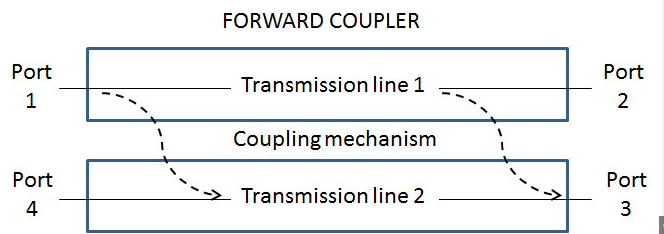
Interpretation of Values
The simplest way to optimize signal paths in a variety of electronic and communication systems is by relying on the interpretation of coupling ratio values in directional couplers. A lower dB value of this parameter indicates that a higher percentage of the input power goes to the secondary, or the coupled port in addition, of course, to the main one. Such a relation is exponential, so small changes in dB imply large variations in the power distribution.
For example, a coupling ratio of -3 dB means that 50% of the input power goes to the output in question. Such an acoustic reduction is often applied for balanced power-splitting, when a certain system, such as a dual antenna, requires the same power to be distributed to each output. If the parameter is -10 dB, it means that only 10% of the input signal goes to the coupled output. Such a solution might be optimal for some sampling purposes, meaning that only a minimal percentage of the signal in the main output is needed for monitoring purposes. This contrasts with a −10 dB coupler, where the other 90% of the power is wasted. This example can be practically applied to a broadcast system where the total input power is critical for achieving wide coverage.
Assuming that the wide coverage is required, and no other components need more than 1% of the input power, it is possible to take a −20 dB coupler, since 1% no longer, 20 dB results in one hundredth. It means that only 1% of the input power can be used on monitoring systems, while the rest is distributed to the main line. As a result, up to ten units in such an example, nine units of the power previously wasted or not consumed can be kept, which is a critical result for the operational costs of the system.
Therefore, in other words, the selection of the corresponding dB value is directly related to the achievement of one of the desired outcomes and power management, which is crucial for both the duration and cost of the applied system. The application of these values ensures that every engineer can be guided well to the extent he or she is willing to sacrifice system quality or the power of the signal or maintain economic efficiency in any case.
Impact on Signal Distribution
The coupling ratio of a directional coupler is one of the most important factors in how signal power is distributed across various paths in a network. The efficiency of a choice of a coupling ratio can make a huge impact on the integrity of a signal and efficiency of a network. A carefully chosen coupling ratio makes it so that enough power reaches critical parts of a system but no component gets overloaded or under-utilised.
For example, in a cellular network base station, signals need to be spread across transmitting and receiving antennas. If a coupler with -6 dB of the ratio, each of the outputs will receive around 25% of the input power. Such an approach to connecting antennas would result in a balanced distribution of power, which allows for efficient communication with mobile devices without requiring an overload on the receiver parts of the system.
In other instances of satellite communication, a much smaller portion of the signal needs to be sent to the local installation to be monitored. A coupler with -20 dB of the ratio can be used so that only 1% of the power is taken by the monitoring equipment. In both of these cases, the choice of the ratio determines how efficiently signal power is distributed. An appropriately chosen ratio allows for a longer life and better performance of a communication system. This might come in the form of a more equitable power sends in a local network or trying to maximise power sent in long-distance. The choice of ratio creates a division in the efficiency or cost-effectiveness of a system.
Usage in Circuit Design
In the realm of circuit design, the coupling ratio of a directional coupler is among the most important parameters that designers leverage to shape the power distribution in electronic systems. The parameter directly affects the accuracy or precision of signals’ splitting or combining and, therefore, ranges of cases of systems’ functioning. To elucidate such concerns, one can consider radio frequency applications, usually employing systems such as mixers, amplifiers, antennae, etc. In the instance of two RF devices that need to operate concurrently, designers would implement a -3 dB directional coupler in a splitter.
This exact value of coupling has been selected to ensure that both devices are receiving an equal share of the incoming signal, which provides an optimal condition for such a configuration with minimal interference and optimal performance in the addressed case. In contrast, coupling ratios in excess of -10 dB are often used in cases like signal sampling or monitoring when an engineer needs to divert less than 10% of the signal to analyze, modify, or process according to their needs. The primary reasons for these decisions probably include the desire to limit the signals’ quality deterioration and the inability to direct more of the main signal without reducing its strength.
Such concerns may influence the operation of the monitored system, affecting it by exerting pressure should some parts of the systems require more resonant, stable, or enhanced signals; the operations of engineers and monitoring capability, given that if real-time monitoring was necessary and could not rely on the original signal’s repeated transmission or storage, a higher-quality signal would be needed for the constant.

